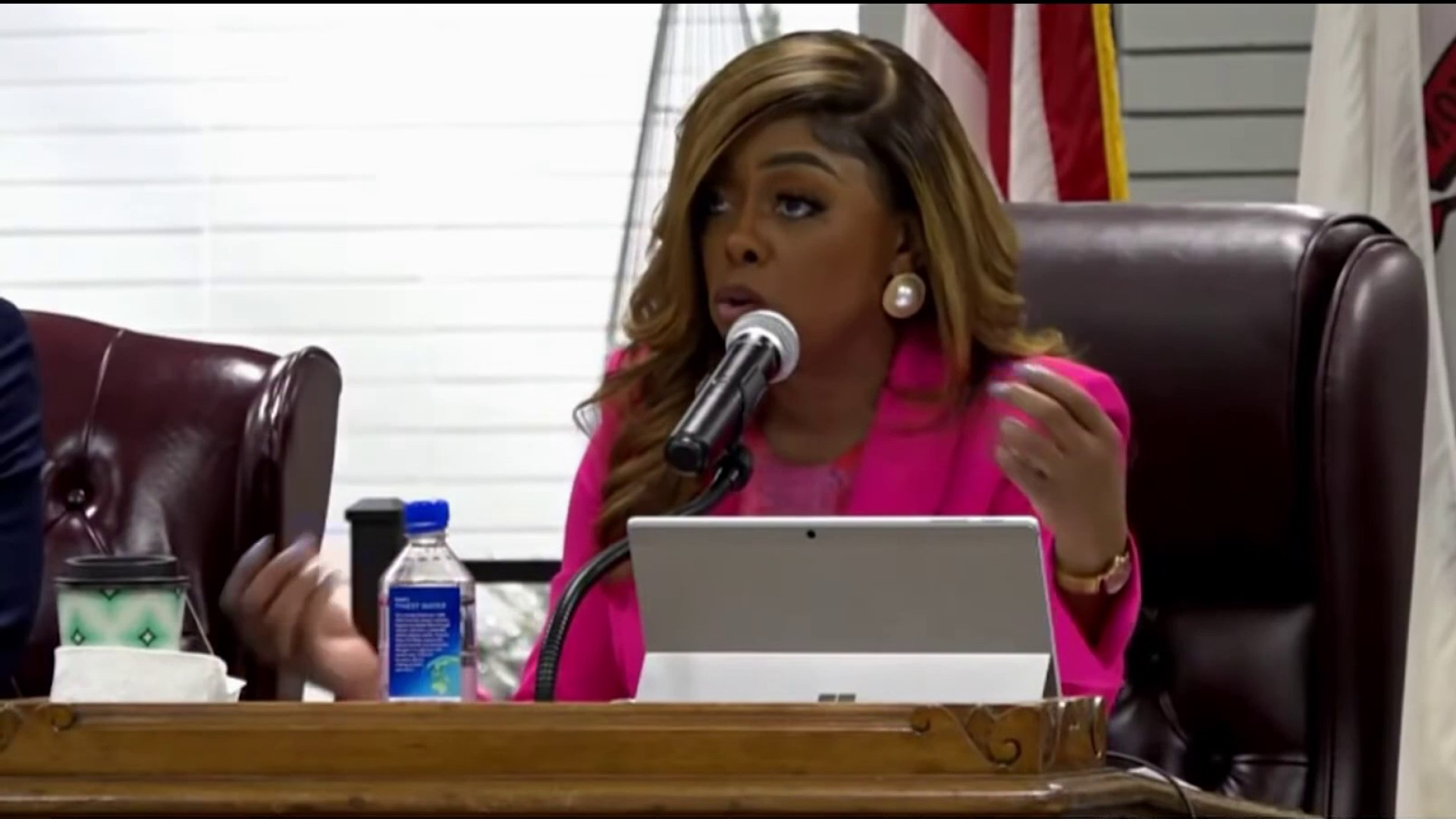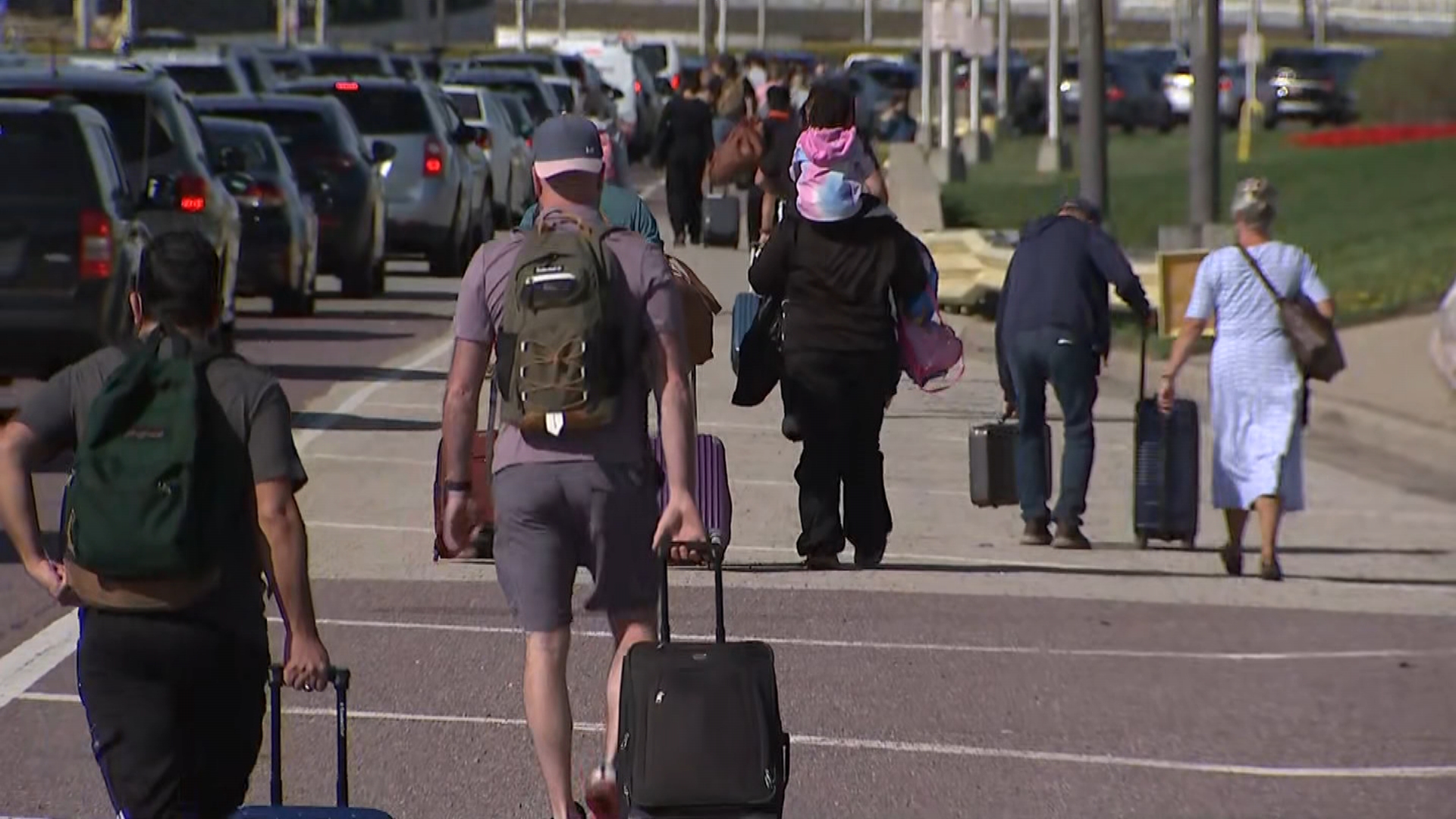If you want to measure Richard M. Daley’s accomplishments in office, one way is to look back at the city he took over in 1989.
The 1980s were not kind to Chicago. The decade began with the sudden closing of Wisconsin Steel, in 1980, followed by the loss of its sister mills, Republic Steel and U.S. Steel. Admiral and Zenith closed their television factories. At the time, Chicago Tribune reporter R.C. Longworth wrote a series about the city’s economic crisis, raising the question of whether Chicago was headed for the same post-industrial fate as Cleveland, Detroit and St. Louis.
“The manufacturing which was the basis of the city’s economy was gone,” Longworth remembered recently. “The people had gone. The taxes had gone.”
Chicago still saw itself as a blue-collar town where fine dining meant Lawry’s The Prime Rib. Visitors saw it as “a polluted city. A rough city. Corrupt as hell.”
Council Wars, the racial conflict between Mayor Harold Washington and 29 white aldermen, gave Chicago the nickname “Beirut on the Lake.” Chicago looked like a declining Midwestern city where the folks who couldn’t escape were fighting over dwindling resources. Education Secretary William Bennett called Chicago’s schools “the worst in the nation.” Who wanted to invest in a city like that?
Daley did two important things to change that: he ended the racial conflicts and he opened Chicago to the wave of globalization that was transforming the world’s economy in the 1990s.
Daley’s father was criticized for his insularity and provincialism, but he presided over an era when American industry held an insuperable advantage over the rest of the world. By 1989, America’s industrial hegemony was over. Gery Chico, who was Daley’s chief of staff in the early 1990s, was sent on trade missions to France and Japan, where he sold businessmen on the fact that O’Hare had direct flights to 192 cities.
Local
“I don’t think we had a choice,” Chico recalled. “The evolution was upon us. Globalization is the fastest moving force on the planet.”
To impress visitors, Daley remade the Loop, which 20 years ago was a derelict downtown that was empty after 5 p.m. Now, it’s the city’s fastest-growing residential area. Longworth calls Daley’s emphasis on flowers, his championing of Millennium Park “the tarting up of the city,” but it attracted the professionals he wanted. And his takeover of the schools brought in the families he wanted.
“By the late ’90s, early 2000s, you’d go to parties and hear anecdotal stories about the great schools,” Longworth said. “My building had been all adults, but people with kids started moving in.”
In the 1990s, Chicago actually gained population, a feat unmatched by any Midwestern city. We gave it back in the 2000s, because of another transformation Daley initiated: Chicago’s shift from a middle-class city to a city designed for the elite pleasures. Twenty-two years ago, no one took Chicago’s restaurant or theater scenes seriously. Daley tore down the housing projects, forcing many poor Chicagoans out of the city.
“We have a class structure we never had before,” observes Longworth. “It was a middle-class city, and now we’ve got what we call an hourglass society” -- a wealthy elite on top, served by busboys, lawnmowers and dog walkers on the bottom.
That’s far from the city Daley inherited. Whether you like it or not, it probably determines whether you believe he was a great mayor.

Buy this book! Ward Room blogger Edward McClelland's book, Young Mr. Obama: Chicago and the Making of a Black President , is available Amazon. Young Mr. Obama includes reporting on President Obama's earliest days in the Windy City, covering how a presumptuous young man transformed himself into presidential material. Buy it now!



